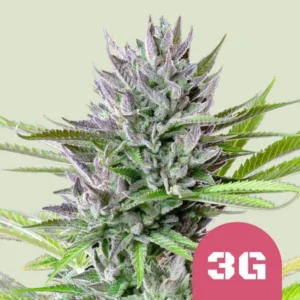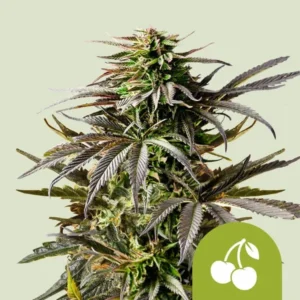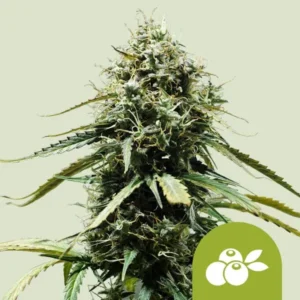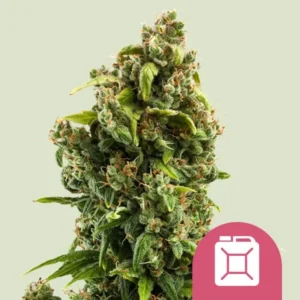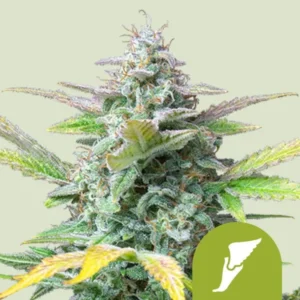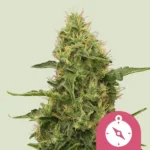

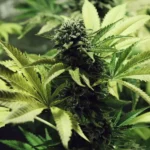
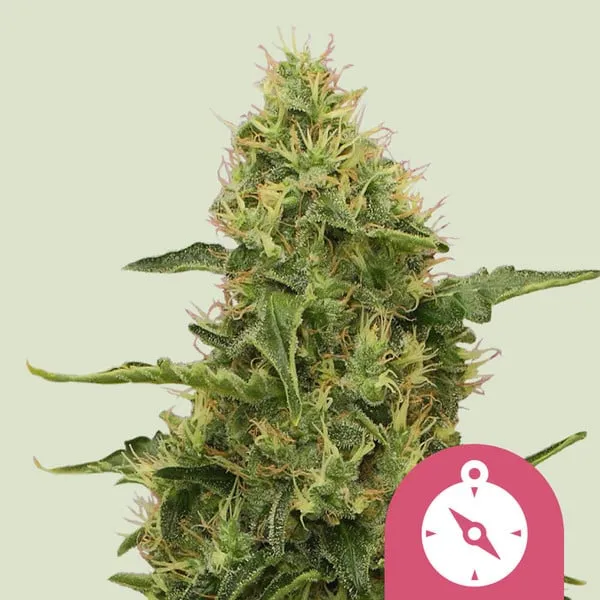
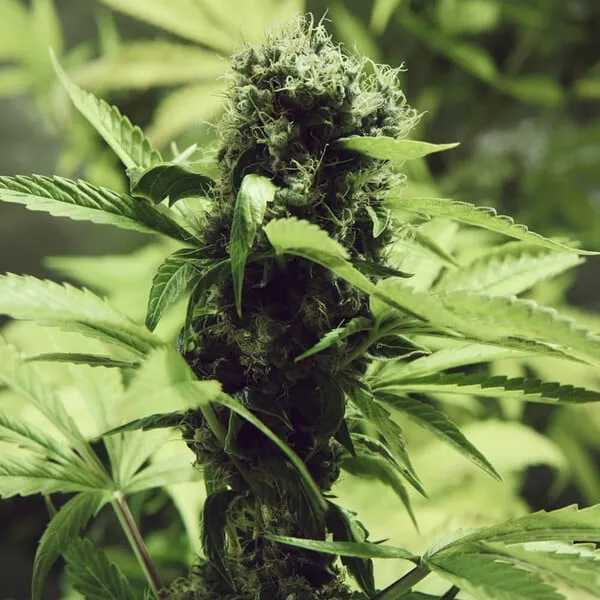
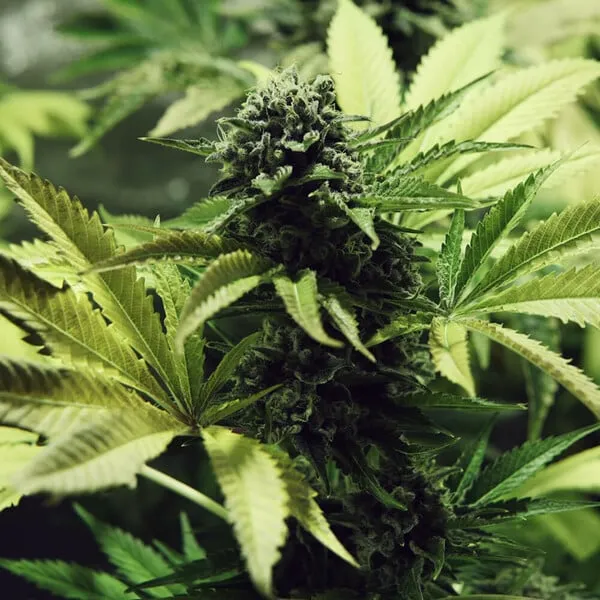
Northern Light
Lineage & Origin of Northern Light
Northern Light’s legendary genetics trace back to the west coast of the United States, where a unique blend of seeds was carefully bred to create this renowned strain. Originally developed from eleven distinct seeds, Northern Light embodies a rich lineage, though its exact genetic structure remains a mystery. The strain’s roots are believed to include robust Indica genetics from Afghanistan, alongside hints of Thai influences. This distinctive heritage has cemented Northern Light as a foundational strain in modern cannabis cultivation, inspiring numerous award-winning varieties.
Northern Light’s feminized seeds present an indica-dominant profile, although the plant exhibits sativa-like leaf structures. This combination results in a balanced yet powerful strain cherished by cultivators and consumers alike for its consistent quality and classic effects.
Sativa or Indica?
Northern Light is predominantly an Indica strain, boasting a 100% Indica composition with subtle sativa traits visible in its appearance. This strain combines the relaxing properties of its Afghan origins with the resilience of sativa, creating a sturdy and adaptable plant suited to various growing environments.
Despite its indica dominance, Northern Light’s structure leans towards a sativa appearance, featuring long, narrow leaves and taller internode spacing. This blend allows the plant to thrive under both indoor and outdoor conditions, producing generous yields and a rewarding cultivation experience.
Effects & Flavors of Northern Light
The effects of Northern Light are profound, offering a deeply relaxing experience that resonates with users seeking a calming, full-body effect. Known for its “couch-lock” impact, Northern Light brings a sense of peace and tranquility, ideal for unwinding. The high is smooth yet powerful, balanced with a clear-headed feeling, making it a versatile choice for both day and evening use.
Northern Light’s flavor profile is as rich as its history. The strain offers earthy undertones mixed with fruity and citrus hints, creating a satisfying and flavorful smoke. Subtle peppery notes add complexity, making each inhale and exhale a delight for cannabis connoisseurs. The Afghan influence is particularly evident in the smooth, slightly sweet taste that lingers.
Northern Light also imparts a delicate, resinous aroma that enhances its flavor, providing a multi-sensory experience. The distinct profile of Northern Light makes it a favorite for those who appreciate nuanced flavors paired with potent effects.
Another strain with similar tastes may be Narkosis Strain
Terpenes
The terpene profile of Northern Light plays a key role in its unique flavor and effects. Myrcene, a common terpene in Indica strains, is present, providing earthy and musky notes that contribute to the strain’s calming effects. This terpene is known for its relaxing properties, reinforcing Northern Light’s suitability for stress relief.
Caryophyllene adds a touch of spice, giving Northern Light its distinctive peppery aftertaste. This terpene is also valued for its potential anti-inflammatory properties, enhancing the strain’s appeal for those seeking relief from physical discomfort. Limonene, though less dominant, introduces subtle citrus accents that uplift the overall flavor profile, making each session with Northern Light enjoyable and memorable.
Together, these terpenes form a well-rounded profile that caters to both recreational and therapeutic users, enhancing Northern Light’s appeal across different preferences and needs.
Conditions for Germination of Northern Light
For successful germination, Northern Light seeds thrive in warm, well-lit conditions. The seeds should be kept in a moist environment, ideally between 70-85°F, to ensure optimal growth. Placing the seeds in a dark, damp area until the taproot emerges can improve germination rates, providing a strong start for this hardy strain.
Once germinated, Northern Light requires careful handling as its root system establishes. Ample spacing between plants is recommended to allow for full development, especially if grown outdoors. Providing adequate nutrients and monitoring humidity levels can further encourage robust growth during the initial stages.
Flowering Time
The flowering period for Northern Light spans 8-9 weeks, during which the plant reveals its Afghan heritage. Dense buds covered in sticky resin develop throughout the plant, culminating in a large central cola. These buds are marked by a light sheen, offering a visual testament to the strain’s potency.
As Northern Light progresses through flowering, its aroma intensifies, filling the air with its signature earthy and citrus fragrance. For optimal results, growers should maintain stable light cycles and monitor nutrient levels to support bud formation and resin production.
Indoor and Outdoor Growing Conditions
Northern Light flourishes in both indoor and outdoor environments, adapting well to diverse climates. Indoors, the plant reaches heights of 3-5 feet, making it suitable for controlled spaces. It performs best under a 600W light source, yielding approximately 18-19 oz per square meter. Northern Light’s resilient nature allows it to tolerate minor fluctuations in humidity and temperature, though consistent conditions are ideal for maximizing output.
Outdoors, Northern Light can grow up to 7 feet in height, especially in regions with short summers like Southern Spain or California. With full sunlight exposure and proper nourishment, the plant can yield up to 22 oz per plant, becoming a sizeable addition to any garden. Placing the plant in well-drained soil and ensuring adequate space promotes healthy root development and overall vitality.
Northern Light’s adaptability and high yield potential make it a valuable strain for both novice and experienced cultivators. Its sturdy structure and resistance to pests further enhance its reputation as a rewarding strain to grow, delivering impressive results with minimal effort.
Seed Bank: Royal Queen Seeds
Type of seed: Feminized
Reviews
There are no reviews yet. Be the first one to write one.
Write a review
Related products

